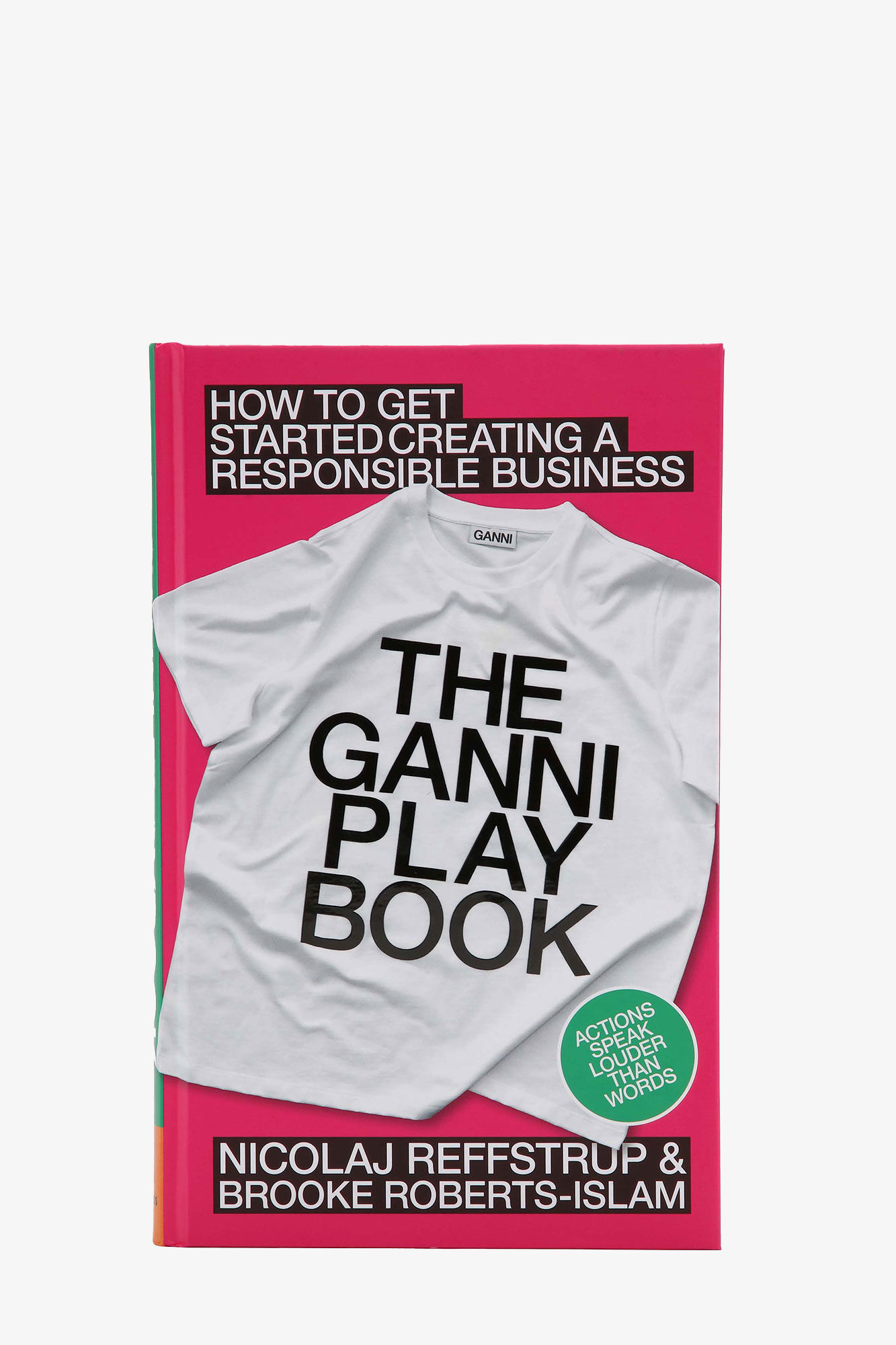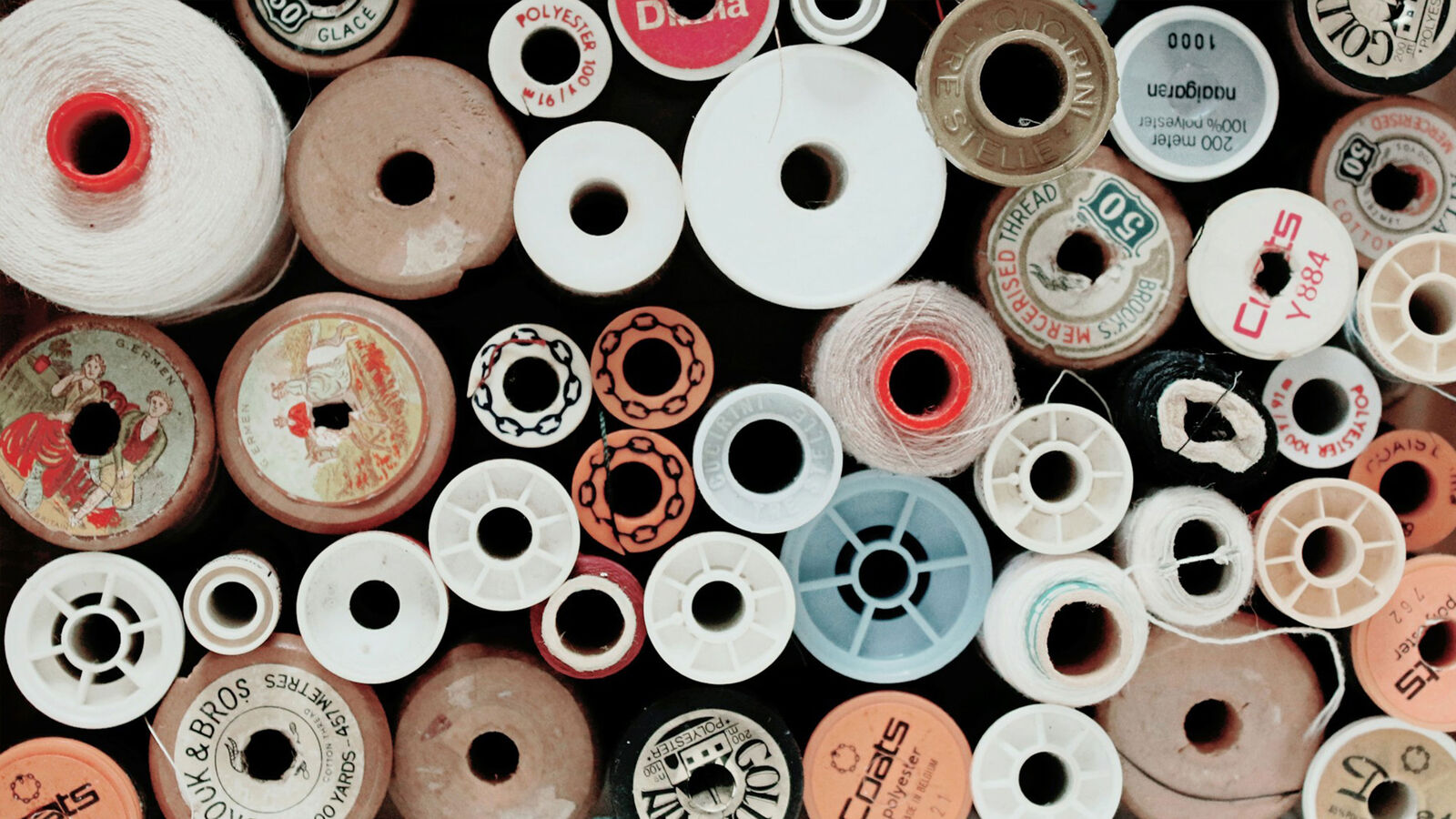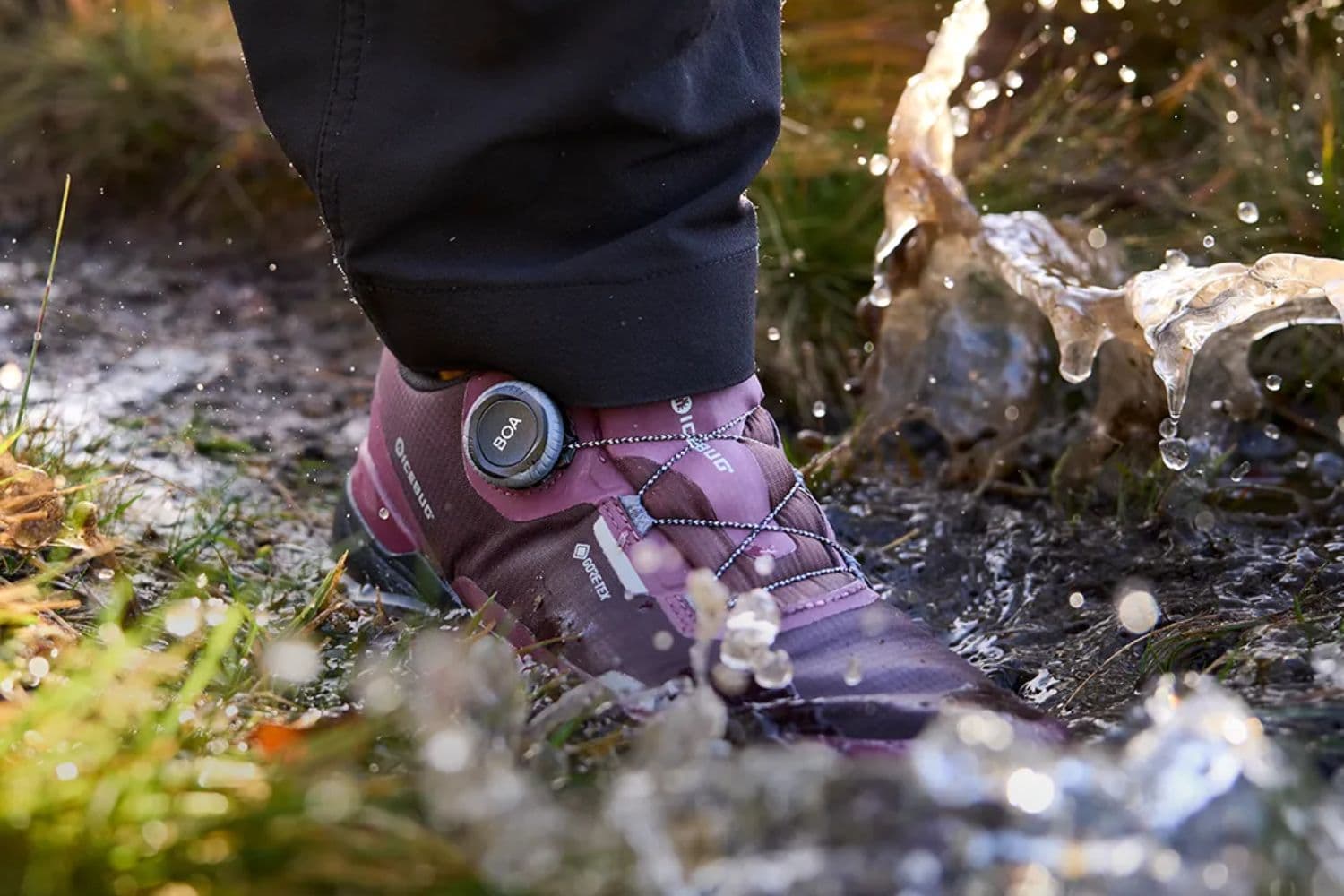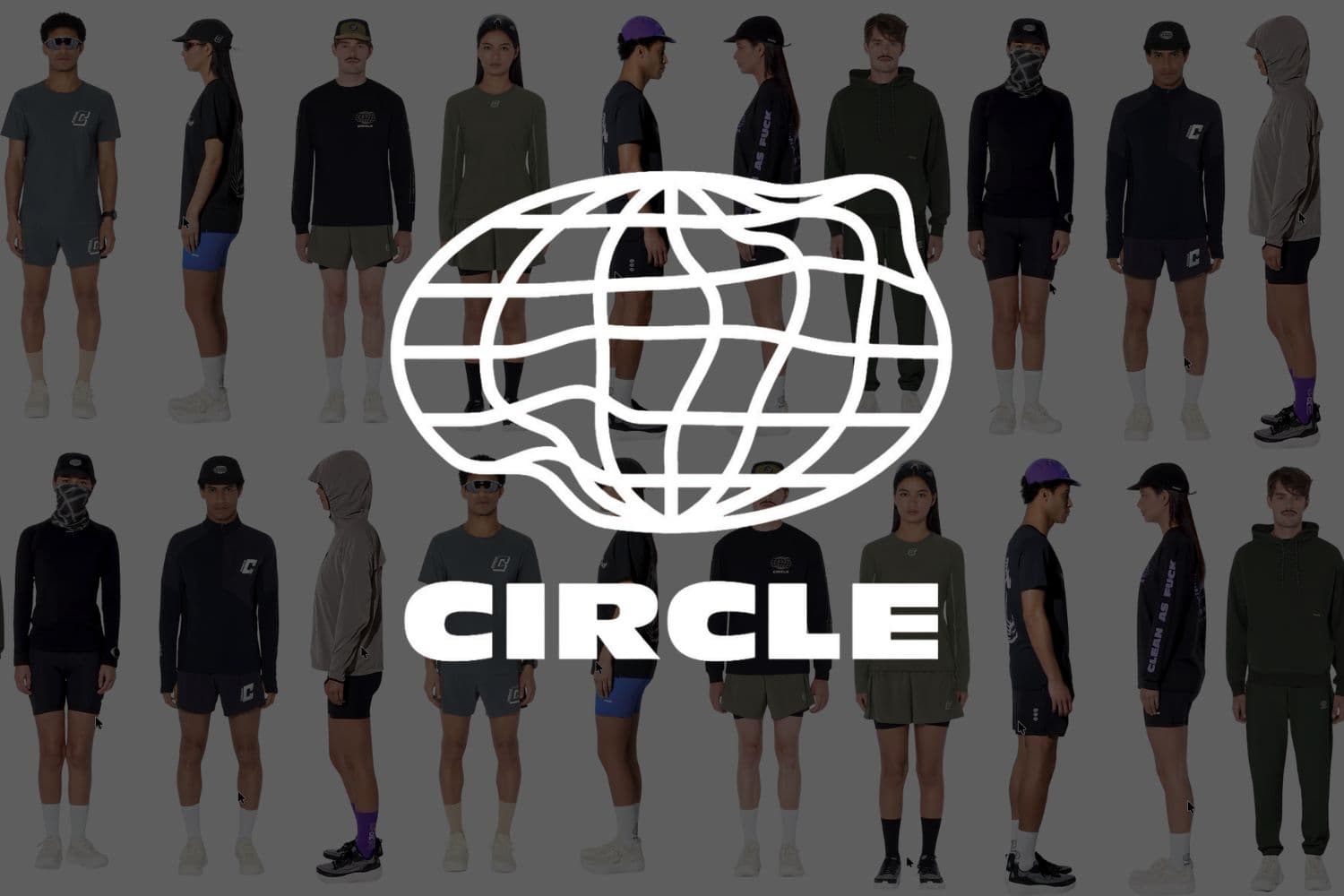GANNI’s founder, Nicolaj Reffstrup, has openly acknowledged that the fashion industry, by nature, is not sustainable, and that no brand can truly claim to be.
Instead, he champions responsibility as the path forward. A philosophy that inspired The Ganni Playbook: How to Get Started Creating A Responsible Business.
 Image source: GANNI
Image source: GANNI
At the heart of the fashion label's 'sustainability' strategy is the GAMEPLAN 2.0, which thoughtfully touches every aspect of the company.
It’s also what led to a series of bold moves, like eliminating virgin leather from all collections, resulting in a 24% reduction in the brand’s total carbon emissions since 2021. This decision cost the company an estimated €300,000 in revenue. But for GANNI, responsibility is worth more than short-term numbers.
It Starts and Ends with the Product
Most of GANNI's energy is focused on materials, as they account for nearly 70% of the brand's total carbon footprint. Their goal is to use 90% 'preferred materials' by 2025, including organic cotton, recycled polyesters, and low-impact wool.
 Image source: GANNI
Image source: GANNI
The remaining 10% is reserved for GANNI's innovation lab, 'Fabrics of the Future'.
This initiative tests and scales next-generation materials such as bacteria-grown leather and yarn made from carbon emissions. In 2024 alone, five new fabrics entered commercial production. Not everything works. Some prototypes never launch. But GANNI backs their partners long-term, signing offtake agreements and helping them scale.
 Image source: GANNI
Image source: GANNI
Responsible Changes
No more virgin leather: After learning it made up just 9% of their products but caused 33% of their material emissions, GANNI dropped virgin leather completely.
Solar-powered production: GANNI partnered with four supplier factories in Portugal and Italy to install rooftop solar panels. These facilities now produce garments using renewable energy, cutting emissions from assembly by up to 35%.
Real-time carbon tracking: Through a partnership with Carbonfact, GANNI now runs product-specific life cycle assessments, highlighting where carbon is coming from and how to reduce it.
Circular Approach
Fashion waste is a problem. GANNI is tackling it from three angles:
1. Repair
In partnership with Sojo, GANNI offers free repairs in the UK. In 2024, they completed over 1,000 services, saving 1.7 tonnes of CO₂ and almost 500,000 litres of water.
2. Resale
Their POSTMODERN archive stores in Copenhagen and Oslo gave 3,400 pre-loved pieces a second life last year.
3. Recycling
GANNI’s collaboration with SuperCircle is testing fibre-to-fibre recycling for clothing and footwear. It’s early days, but 44% of apparel sent in 2024 made it through full recycling. A small number with big potential.
Reinforcing its emphasis on responsibility, GANNI also runs a Living Wage Initiative, where 63% of their suppliers now pay fair wages either through the brand or on their own.

Image source: GANNI
What's Next
GANNI is betting big on responsibility, not perfection. From carbon insetting to biodiversity pilots using satellite data, they’re trying new things, learning from the results, and sharing it all along the way.
For more news on responsible fashion brands, make sure to check out Reflwan's news page.
What is GANNI’s GAMEPLAN 2.0?
GAMEPLAN 2.0 is GANNI’s updated responsibility strategy that outlines the brand’s goals across four key areas: climate action, social impact, material innovation, and circularity.
What are 'Fabrics of the Future'?
Fabrics of the Future is GANNI’s innovation platform supporting next-gen materials like cactus leather, carbon-captured yarn, and bacteria-grown textiles.
.png&w=3840&q=100)

.png&w=3840&q=75)






